When I think about all the times I’ve had to switch SIM cards — whether it was because of an overseas trip, a change in phone plans, or simply needing a better deal — it’s clear just how essential SIM cards are to modern life. A SIM card is that tiny, seemingly insignificant piece of plastic that can be the key to staying connected, accessing data, and keeping in touch with the world, yet it often goes unnoticed until it’s absolutely necessary.
Over the years, I’ve had to navigate through a sea of options, whether in the UK or while traveling abroad. There are so many different types of SIM cards, different carriers, and a myriad of options for different needs. But despite how straightforward it seems to just grab a SIM card at a store or online, the process can be confusing and overwhelming if you don’t know where to start.
In this post, I’m going to share everything I’ve learned about SIM cards, from the basic types to the best ways to get them. I’ll also dive into the intricacies of SIM cards in different countries, how to make sure you’re getting the best deal, and how to avoid common pitfalls.
1. What Exactly Is a SIM Card?
A SIM card, or Subscriber Identity Module, is a small card that fits inside your phone and allows you to access cellular networks. It’s essentially your phone’s passport, giving you access to everything from calls and text messages to internet data. When you pop your SIM into a phone, you’re essentially connecting it to the network of your chosen mobile provider.
I remember the first time I realized just how crucial SIM cards were. I was abroad for the first time, and I needed to stay in touch with family and friends, but my regular UK SIM card wasn’t going to cut it. That’s when I realized I’d need to grab a local SIM to avoid outrageous roaming charges. It’s funny to think back on that now, but it was a bit stressful at the time.
So, whether you’re looking to get a SIM for domestic use or need one for an overseas trip, there’s a lot to understand about how they work and what’s available.
2. Different Types of SIM Cards: What’s the Difference?
SIM cards come in several different formats and types. Understanding the difference between them is crucial, because getting the wrong one can leave you frustrated, with a phone that simply won’t work.
Standard SIM
The standard SIM card is the largest of the bunch. It’s the size that was most common for older phones, but you won’t find it much these days unless you’re dealing with older technology. When I first started using mobile phones, this was the SIM I had in my phone — it seemed huge compared to today’s nano SIM cards.
Micro SIM
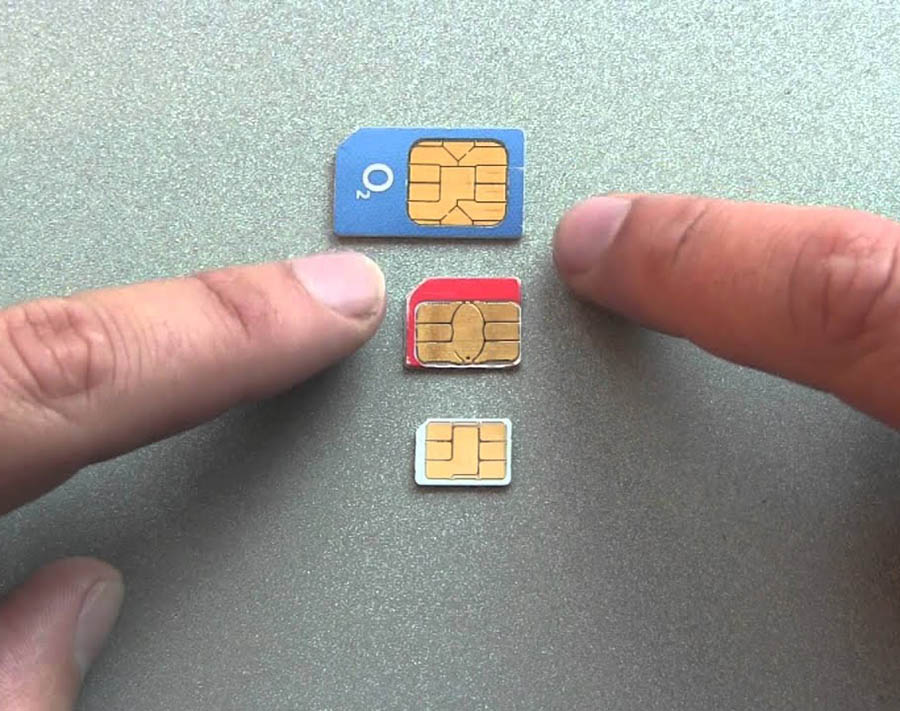
This is a smaller version of the standard SIM card, and while it was once popular, it’s now only used in a handful of phones. I remember switching to a micro SIM in 2012 when I upgraded my phone. At the time, it felt like the next step up in mobile technology. Today, however, it’s gradually being phased out in favor of the nano SIM.
Nano SIM
The nano SIM is the smallest version of all and is what most modern smartphones use now. If you’re getting a new phone, chances are it will use a nano SIM. I remember the day I upgraded to my first iPhone 5 and realized how tiny the SIM was. It almost felt like a little piece of tech magic, so small and sleek.
eSIM
The eSIM is the next evolution of the traditional SIM card. It’s embedded into your phone’s hardware, so you don’t need to physically insert a card. This is one of those things that sounds futuristic, and I’ll admit, it took me a little while to fully wrap my head around it. You can switch between networks or data plans without needing a physical card. My first experience with eSIM was when I was traveling and needed a local data plan. It was so easy, and the convenience of not needing to swap physical SIMs was a game-changer.
3. How to Choose the Right SIM Card
When it comes to choosing a SIM card, there are a few key things you need to think about. Here are the factors I consider whenever I’m making a decision.
Where You’re Using It
The most important thing to consider is where you’ll be using the SIM card. Are you in the UK, or are you planning to travel internationally? Each country has its own network providers, and some SIM cards are only valid in specific regions. I remember using a UK-based SIM card while I was in France and having my phone just not work — I hadn’t researched whether my carrier had coverage in that area. You don’t want to make the same mistake!
Prepaid vs. Postpaid Plans
SIM cards typically come with two types of plans: prepaid and postpaid.
- Prepaid SIM: This type of SIM card doesn’t require a contract, and you pay for the amount of data, talk time, or text messages you need upfront. It’s ideal for short-term use or if you don’t want to commit to a long-term plan. I’ve used prepaid SIM cards on several vacations because they’re easy to get and you’re not locked into any contracts. You simply load it up with data or credit and go.
- Postpaid SIM: With a postpaid SIM, you’re usually tied to a monthly contract that includes a set amount of data, calls, and texts. You get billed at the end of each month, and often you have to agree to a longer commitment. I switched to a postpaid plan years ago when I found that I was constantly running out of data and needed something more reliable for my everyday use.
Data Needs
Think about how much data you’re going to need. If you use a lot of data, like I do for streaming music, checking emails, or browsing social media, you’ll want a plan that gives you ample data. I’ve often had to buy extra data packs on my prepaid SIMs when I wasn’t paying attention to how quickly my data was draining.
Coverage
Not all mobile providers have the same level of coverage. You might be in a major city like London, where coverage is excellent, but what about when you’re out in the countryside or traveling to remote locations? I once had an issue with a carrier in a rural part of Wales — despite having full bars on my phone, I couldn’t get a single text or call out. That was a frustrating experience. Always check the coverage maps of the mobile carrier you’re considering.
4. SIM Cards for International Travel: What You Need to Know
One of the most frustrating parts of traveling internationally is dealing with roaming charges. If you’re planning on heading abroad, the last thing you want is to return home and find that your phone bill is far higher than you expected.
When I traveled to Spain last summer, I decided to pick up a local SIM card to avoid excessive roaming fees. The process was surprisingly simple. I walked into a shop, showed my passport, and was able to pick up a SIM with 10GB of data and unlimited texts/calls for just 15€. I remember being relieved because the whole process only took about 10 minutes, and I didn’t have to worry about breaking the bank.
There are also global SIM cards available that you can use in multiple countries, which is something I’ve considered for future trips. These cards are often more expensive than local ones but can offer the convenience of having a single SIM that works across borders.
5. How to Insert a SIM Card
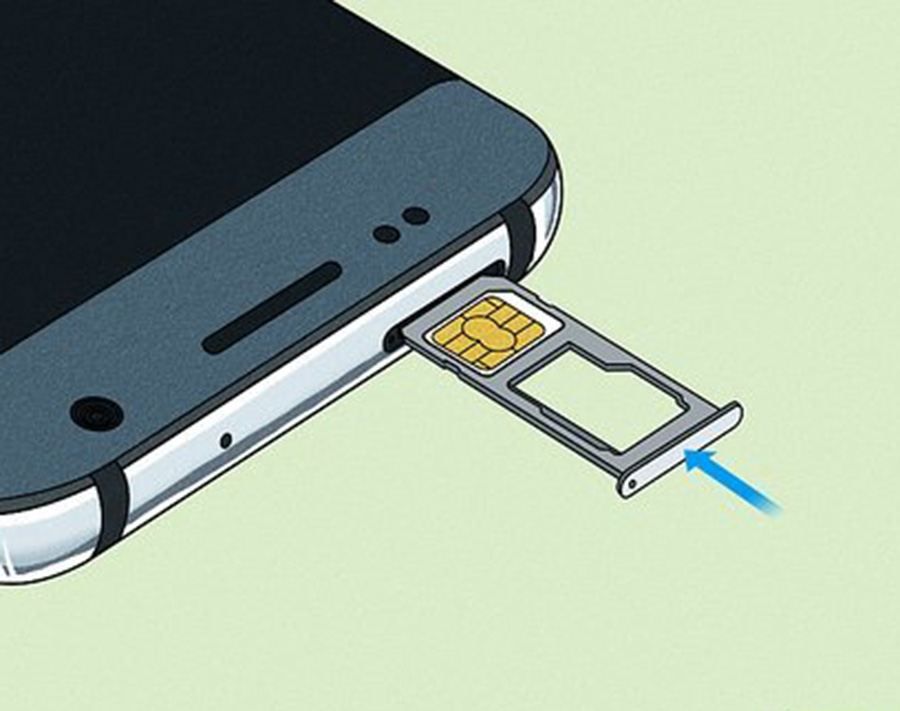
Inserting a SIM card is a surprisingly straightforward task. The SIM tray in your phone is usually located on the side or the top, and you can eject it using a small pin or a paperclip (which is what I usually use when I can’t find the proper ejector tool).
Once the tray is out, you simply place your SIM card into the tray — be sure it fits correctly, as there’s usually a small notch to guide you. Push the tray back into your phone, and you should be good to go.
I’ve found that some phones require a restart before the SIM card is recognized. It’s a good idea to check for a signal once the tray is back in, just to make sure everything is working as it should.
6. Where to Buy SIM Cards
When it comes to buying SIM cards, there are a few options, depending on where you are and what your needs are.
- Mobile Stores: If you’re in the UK, most major mobile carriers have physical stores where you can buy SIM cards directly. I’ve often gone to these stores for SIMs, especially when I needed something on the spot. They also have knowledgeable staff who can help with activation if you’re unsure.
- Online Retailers: I’ve bought several SIM cards through online retailers, especially when I needed a specific plan or international SIM. Amazon is great for this, as you can compare prices and have a SIM delivered directly to your door.
- Airport Kiosks: For international travel, airport kiosks are often an easy (though sometimes more expensive) option for buying SIM cards. I’ve grabbed SIM cards in airports across Europe and the US, and it’s typically pretty hassle-free.
- Dedicated Websites: If you’re looking for international SIM cards, websites like simcorner.com or simoptions.com are a great resource. They offer SIM cards for a wide range of countries, and many have the added benefit of offering multiple data plans to suit different needs.
7. Where to Buy and Activate Your SIM Card in the UK
If you’re in the UK, there are plenty of online platforms and stores
where you can buy SIM cards. Here are some top recommendations:
- Three: Known for their excellent international roaming deals and flexible plans. Their data offerings are great for people who need data on the go.
- O2: Offers a range of prepaid and pay-as-you-go options with solid coverage and competitive prices.
- EE: One of the UK’s largest networks, offering extensive coverage and high-speed data plans.
- Vodafone: Another excellent choice for both domestic and international coverage.
8. Final Thoughts
Finding the right SIM card for your needs is much easier once you understand the options available to you. Whether you’re at home or abroad, knowing what type of plan to choose, which carrier offers the best coverage, and where to buy your SIM is essential for staying connected without breaking the bank.
For purchasing SIM cards in the UK and for international travel, I personally recommend checking out the online platforms above, as they offer a wide range of options and great deals. Wherever you are, your SIM card is the key to staying in touch with the world — so make sure you choose wisely!







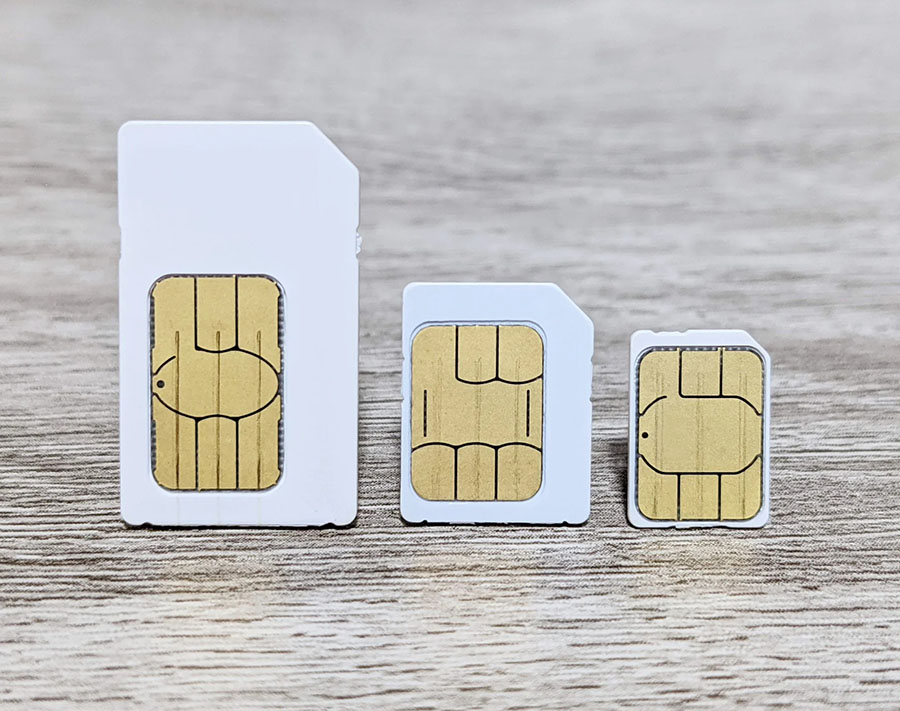
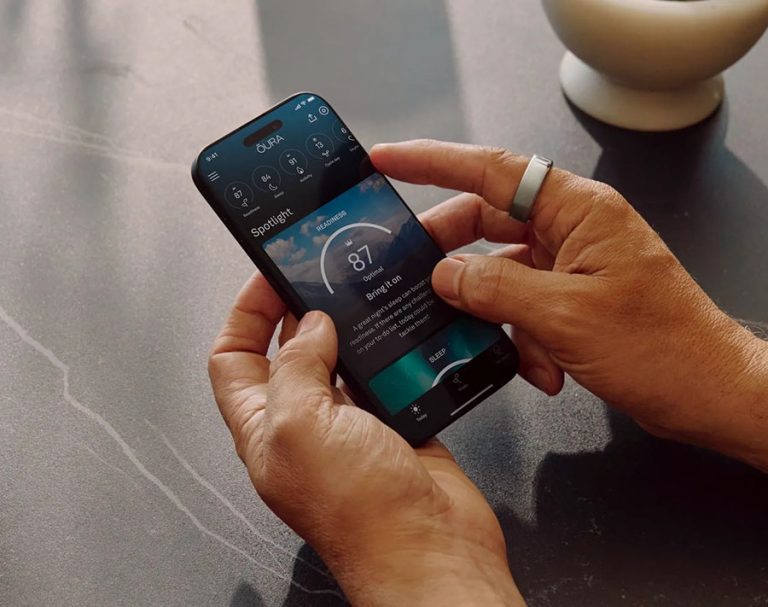
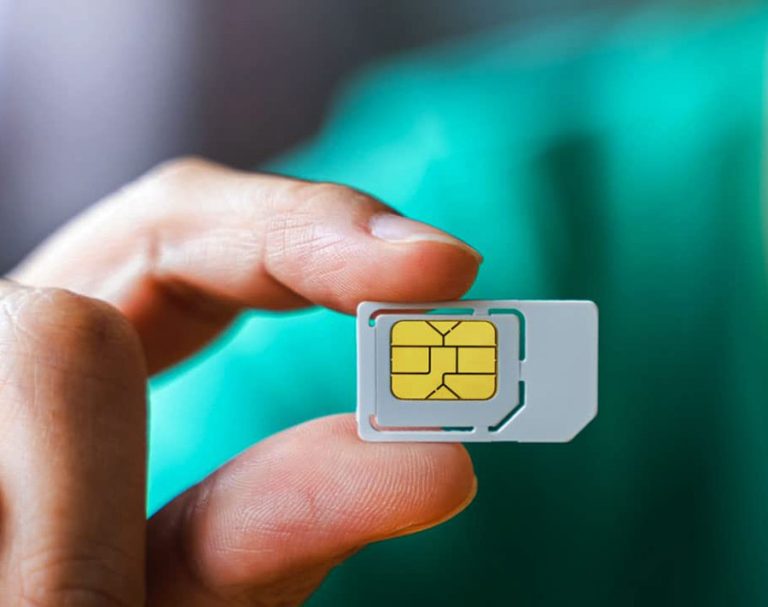

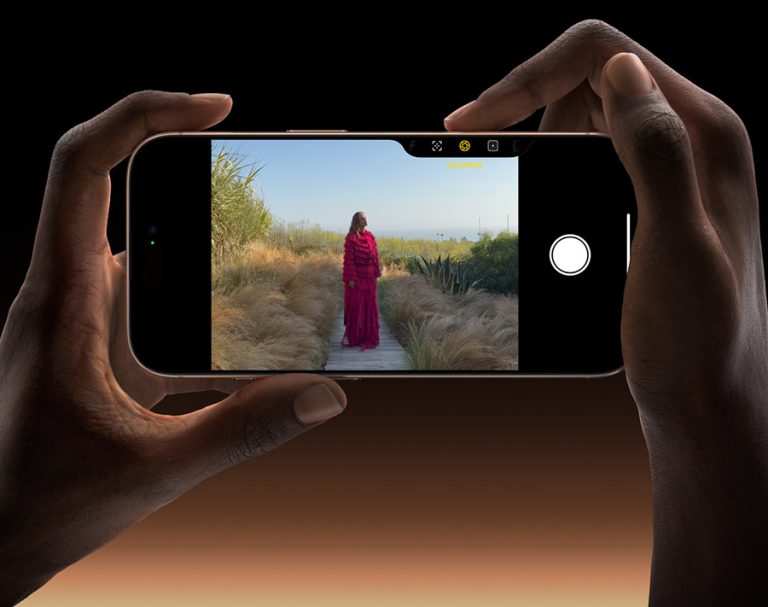



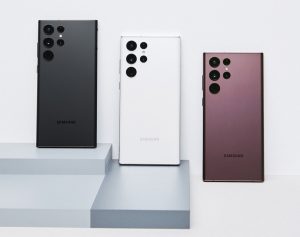
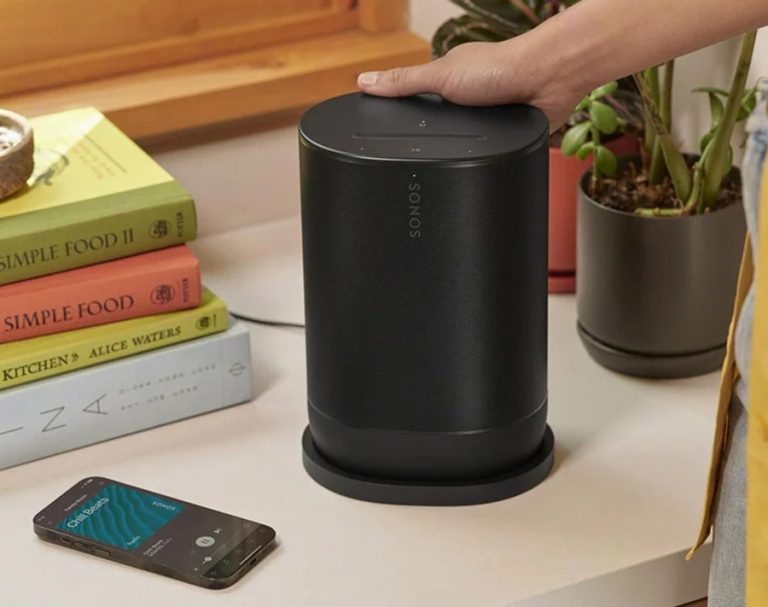



+ There are no comments
Add yours